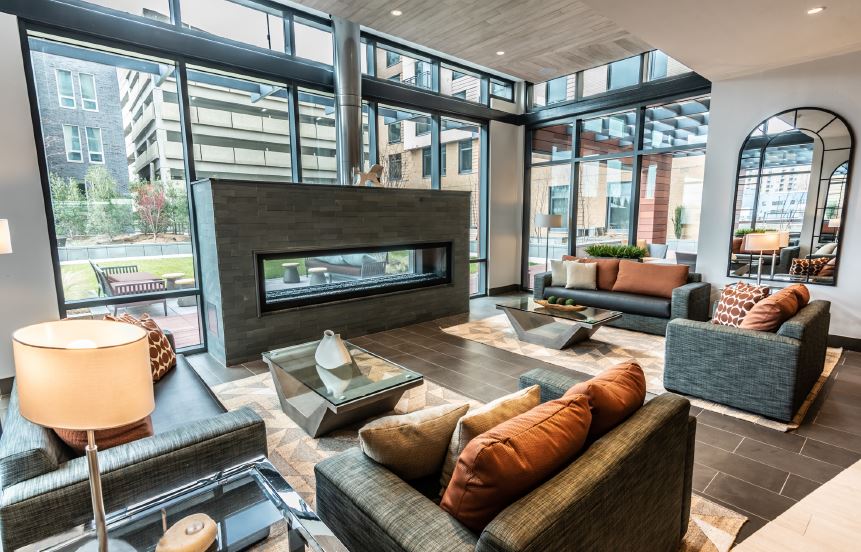
In the world of commercial interior design, the plain fact is that by the time the interior designer comes to the table the sustainable fate of the building has already been decided – by the developer, the architect, the civil engineer, the mechanical, electrical, and plumbing (MEP) professionals and the dozens of other consultants and trades who touch large scale commercial projects. Though interiors are the most visible part of the building we are often the last player to get a seat at the table. Ironic, no?
By “sustainable fate” I mean – will the building go for LEED or WELL Building or one of the other notable green certifications? And if so, how will the building achieve that rating? Elements like construction means and methods, site placement or HVAC equipment qualify for far more points in these certifications than elements determined by the interior design.
In truth, the system feels a bit backward to me.
Why should we bother then? If the fact that we selected the majority of sustainable flooring materials but that does not impact the building’s ability to get that coveted check mark next to LEED (or WELL), why should an interior designer bother with making sustainable design choices?
For the same reason, an interior designer does anything. For the same reason that the interior designer is the key figure in the design/construction team (even if others may disagree!). It is because an interior designer’s entire focus is on the people; the users of the building. Architects focus on the building. Civil Engineers on the land and utilities. MEPs on the mechanics of the building. But interior designers sole focus is on the health, safety, and wellbeing of the building’s occupants.
Sustainable buildings are not only good for the environment, but for the people utilizing them. It is up to those of us who are responsible for the creation of interior spaces to ensure that the 90% of our day which is typically spent indoors is not determinantal to our health. In fact, utilizing green design techniques can turn interior time into beneficial health and wellbeing outcomes. Using natural materials improves indoor air quality and the tactile contact with those natural materials can improve mental wellbeing (think why spas have so much stone and wood?). Configuring seating arrangements to take advantage of natural light and views from an interior space is another seemingly simple but vital tool in the interior designer’s arsenal to achieve an interior that is helpful to people’s health, not harmful.
Should a commercial interior designer make design decisions and selections based on sustainability? Yes. But not for the building and not for the plaque on the wall. As with everything an interior designer does, it should be because the people who use the buildings deserve an interior environment that’s good for the planet and good for them.
Jennie Crouch is Vice President at SR/A.